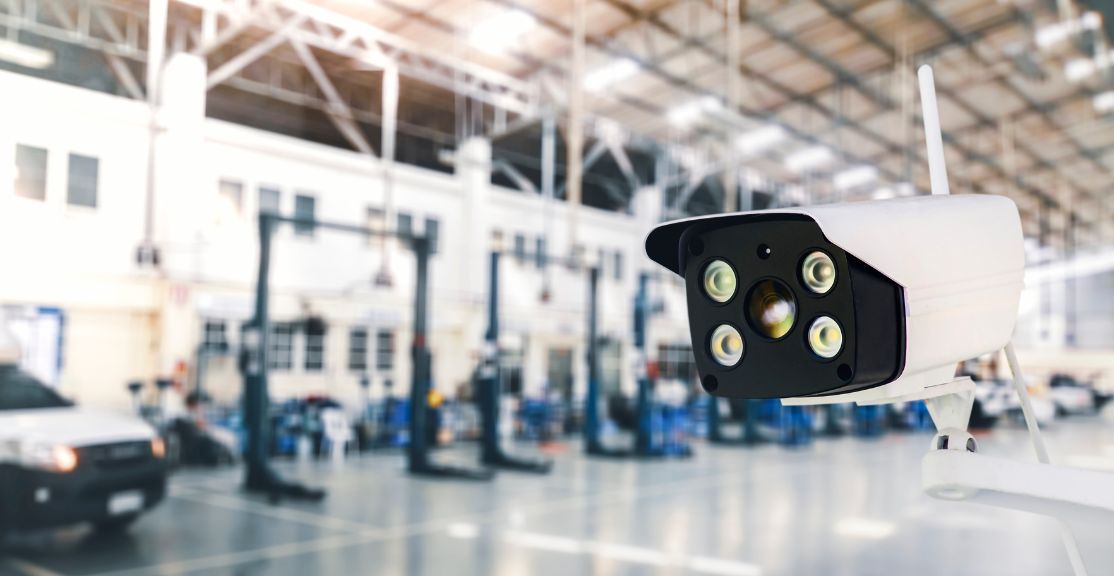
In a PoE network, the PoE switches are the central hub that provides power to all PoE devices, such as IP cameras. These switches provide power to all cameras connected to the network, while also allowing you to cut off power to all IP cameras at once. This setup makes it very easy to add additional IP cameras to your network.
To set up a PoE network, you'll need an Ethernet cable with four twisted pairs, either cat5e or cat6. Two pairs carry the data, while the other two pairs carry the power. With the help of a network transformer, power is delivered over the Ethernet cables to the IP cameras. The system is best suited for networks with up to Gigabit bandwidth, as it uses four twisted pairs for high-speed data.
Power over Ethernet allows network cables to carry electrical power for IP cameras, eliminating the need for separate power cabling. The advantage of this setup is that it saves both time and money, as power is delivered directly from the network. PoE switches are also a great way to expand the reach of your NVR security system. Once you've got the PoE switch, you just plug in the IP cameras and connect them to the router. In addition, you'll only need one cable to connect the cameras to the rest of the system.
What is Power-over-Ethernet (PoE)?
Power-over-Ethernet, or PoE, is a technology that passes electric power over Ethernet cabling. The term covers several standards and ad hoc systems. Basically, PoE uses twisted-pair Ethernet cabling to transmit data and electric power at the same time.
PoE eliminates the need for separate power adapters and allows you to connect devices to the network without needing a separate power source. This technology is ideal for home networking as it provides top performance. PoE switches can power multi-gig access points, which can blanket a large property with Wi-Fi 6. Power over Ethernet allows you to reduce the need for separate cables and electrical outlets.
PoE power delivery protects network equipment from power drain, over-current, and installation failure. The system is designed to be user-friendly, allowing users to install it without a professional electrician. It can also grow with your network as it adds more devices and users.
Power over Ethernet is an Internet technology that allows you to supply both data and power through an Ethernet cable. This technology is useful in home and business networking and is a simple way to save on expensive electrical wiring. It can also help preserve electrical wiring. Essentially, Power Over Ethernet saves you money by using less expensive Ethernet cabling.
What does PoE mean for security cameras?
PoE refers to a common type of connectivity that carries both data and electric power to security cameras. This technology has many advantages over traditional wired security cameras, including ease of installation. PoE cameras also allow for more flexible placement. These cameras use internet protocol (IP) technology to send and receive data. They have a unique IP address and can be connected to a network like a computer.
PoE security cameras are capable of receiving power from their network using an ethernet cable, meaning that you don't need an electrical outlet to operate them. This means that you can install them in more locations and move them around with ease. While PoE security cameras are more expensive, they're still a better investment in terms of quality and performance.
PoE cameras have excellent video quality, which means they can detect human and vehicle movements and can even identify intruders using facial recognition. Additionally, some PoE cameras can even recognize license plates, which is especially useful for businesses. Finally, some PoE security cameras come with audio capabilities so you can hear what's happening in the field of view.

No comments yet